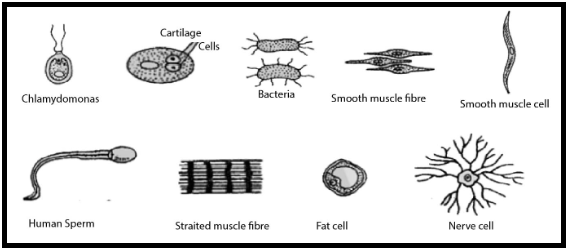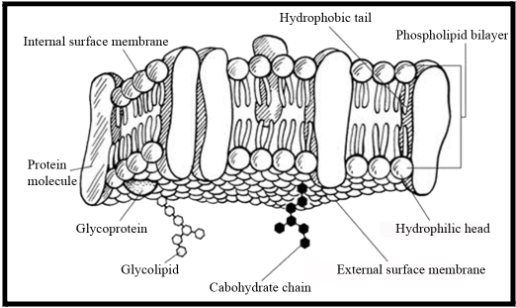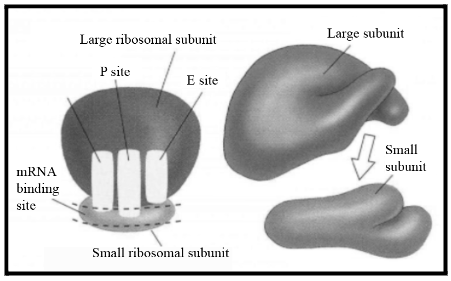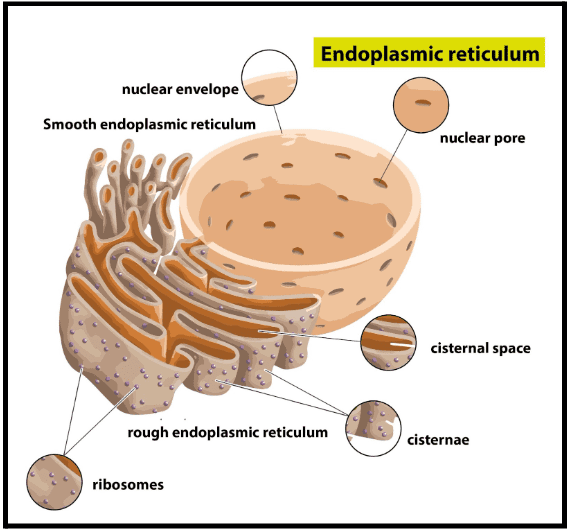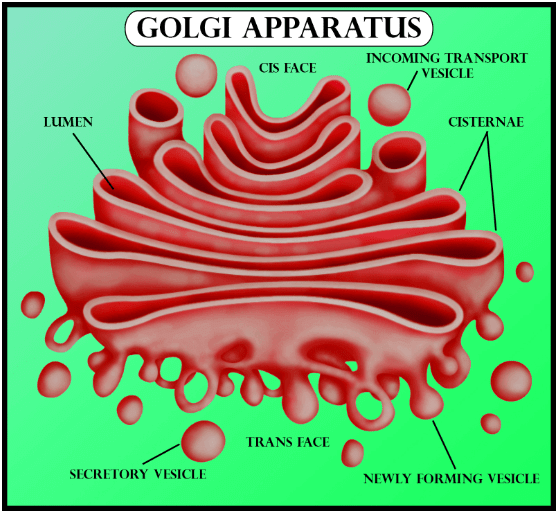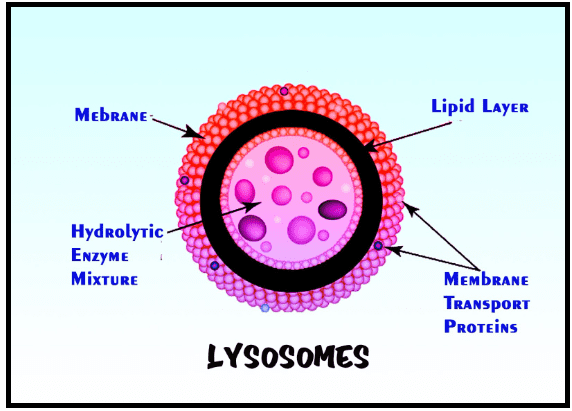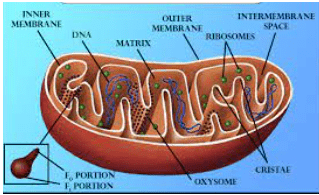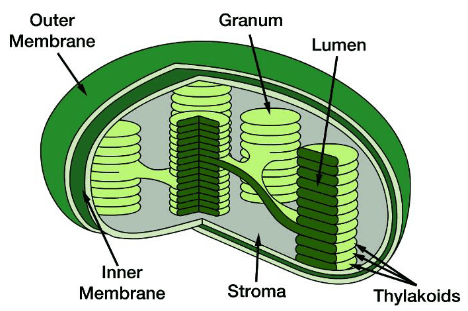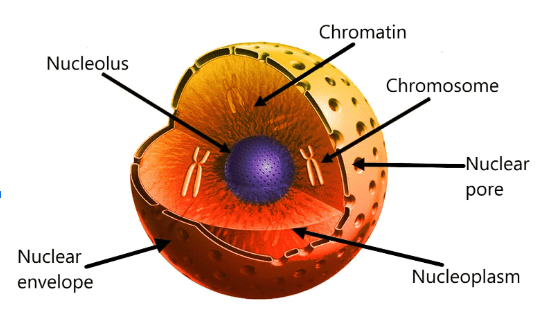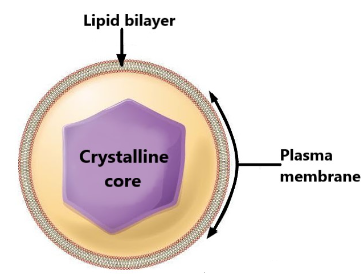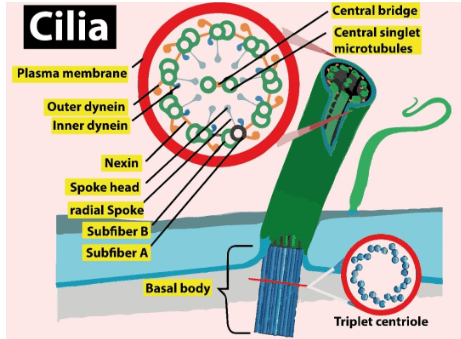Class 11 Biology Chapter 8 Cell Unit of Life Class 11 Notes: FREE PDF Download
FAQs on Cell The Unit Of Life Class 11 Notes: CBSE Biology Chapter 8
1. What are centrosomes and centrioles?
The centrosome is an organelle that generally consists of two cylindrical structures known as centrioles. Several amorphous pericentriolar materials surround the centrosome.
2. What do you know of microbodies?
From the NCERT Biology Class 11 Chapter Notes, you will get the perfect idea about the Microbodies. Microbodies are the membrane-bound minute vesicles. Those minute vesicles contain different enzymes. Microbodies are present in both the plant and animal cells.
3. Why is Mitochondria called the ‘powerhouse’ of the cell?
According to Cell the Unit of Life Class 11 notes, mitochondria are called the powerhouse of a cell as they produce cellular energy in the form of ATP.
4. What are the fundamentals of Histology?
Histology is the study of cells which can be defined as the structural and functional unit of life. In Biology, a cell can be defined as the smallest unit that can exist on its own and it makes up all the tissues and organs of a living organism. To understand the chapters on this topic, it is important to get through with the basics. The notes curated by Vedantu would help you not only understand the concepts but also in revisions.
5. How do I make a study plan for Chapter 8 of Class 11 Biology?
Drafting a study plan for Class 11 Biology is an easy task. Start by making a list of the chapters that are in your curriculum. Mark out the chapters that you find difficult. Start by studying these chapters first then gradually move towards the topics that you are confident in. When it comes to Chapter 8, you must comprehend the concept of the chapter rather than just memorising it. Always write and practise to ensure you understand as you go.
6. How do I prepare my notes for Class 11 Biology for Chapter 8?
Make sure your answers are legible.
Underline keywords and important terminologies.
Frame your answers in a pointwise format as opposed to paragraph format as this makes it easier for you to understand your words later too.
Draw neat and labelled diagrams wherever necessary. Make sure the diagram is labelled accurately. Colours can be used to distinguish between different parts of the diagram.
Draw margins and underline the headings if any in each answer.
Ideally, start each answer on a fresh page.
7. Is Chapter 8 of Class 11 Biology hard?
Class 11 Biology Chapter 8 may be a challenge for a few. But with the help of a clear mind and an organised study plan, it can be one of the easiest subjects. Here are some pointers that can help make the process of understanding easier:
Make sure you are at par with the lesson being taught at school.
Have discussions with friends and teachers about the chapter.
Use a separate notebook to jot down important points and diagrams. This would make last-minute revisions easier.
You could also refer to the notes made by Vedantu for Chapter 8 NCERT Class 11 Biology on the website.
8. Where can I find answers online for NCERT Chapter 8 of Class 11 Biology?
You can find lesson-wise notes prepared by experienced faculty on the Vedantu website. These notes are easily understandable with diagrams and accurate facts. The notes found on the website can not only be used to understand the topic but can also help you with last-minute revisions before the exam. Make use of Vedantu for comprehensive Biology notes for Chapter 8 Class 11 by downloading the notes FREE of cost.
9. What is the significance of a cell being called the "unit of life"?
The cell is called the "unit of life" because it is the smallest unit that can carry out all the essential processes of life. Every living organism, from the simplest bacteria to complex plants and animals, is made up of cells. Cells are responsible for carrying out vital functions like metabolism, growth, and reproduction, making them fundamental to life.
10. What are the main differences between plant and animal cells?
Plant cells and animal cells differ in several key ways. Plant cells have a rigid cell wall, which provides structure and protection, while animal cells only have a flexible cell membrane. Plant cells also contain chloroplasts for photosynthesis and a large central vacuole for storage, which are not found in animal cells. Additionally, plant cells usually have a more regular shape compared to the often irregular shape of animal cells.
11. What is the role of the nucleus in a cell?
The nucleus is often referred to as the control centre of the cell. It houses the cell's genetic material (DNA), which contains instructions for making proteins and other essential molecules. The nucleus regulates gene expression, cell growth, and replication by controlling what proteins are produced and when.
12. How do the cell membrane and cell wall differ in function?
The cell membrane, found in both plant and animal cells, regulates what enters and exits the cell, providing protection and maintaining the cell’s internal environment. It is semi-permeable, meaning it allows certain substances to pass while blocking others. The cell wall, present only in plant cells, adds a layer of protection and support. It provides rigidity and helps maintain the cell’s shape, but it does not control the movement of substances as selectively as the cell membrane.























